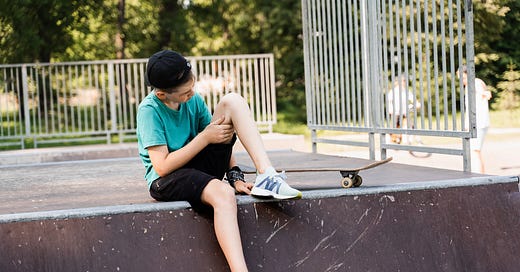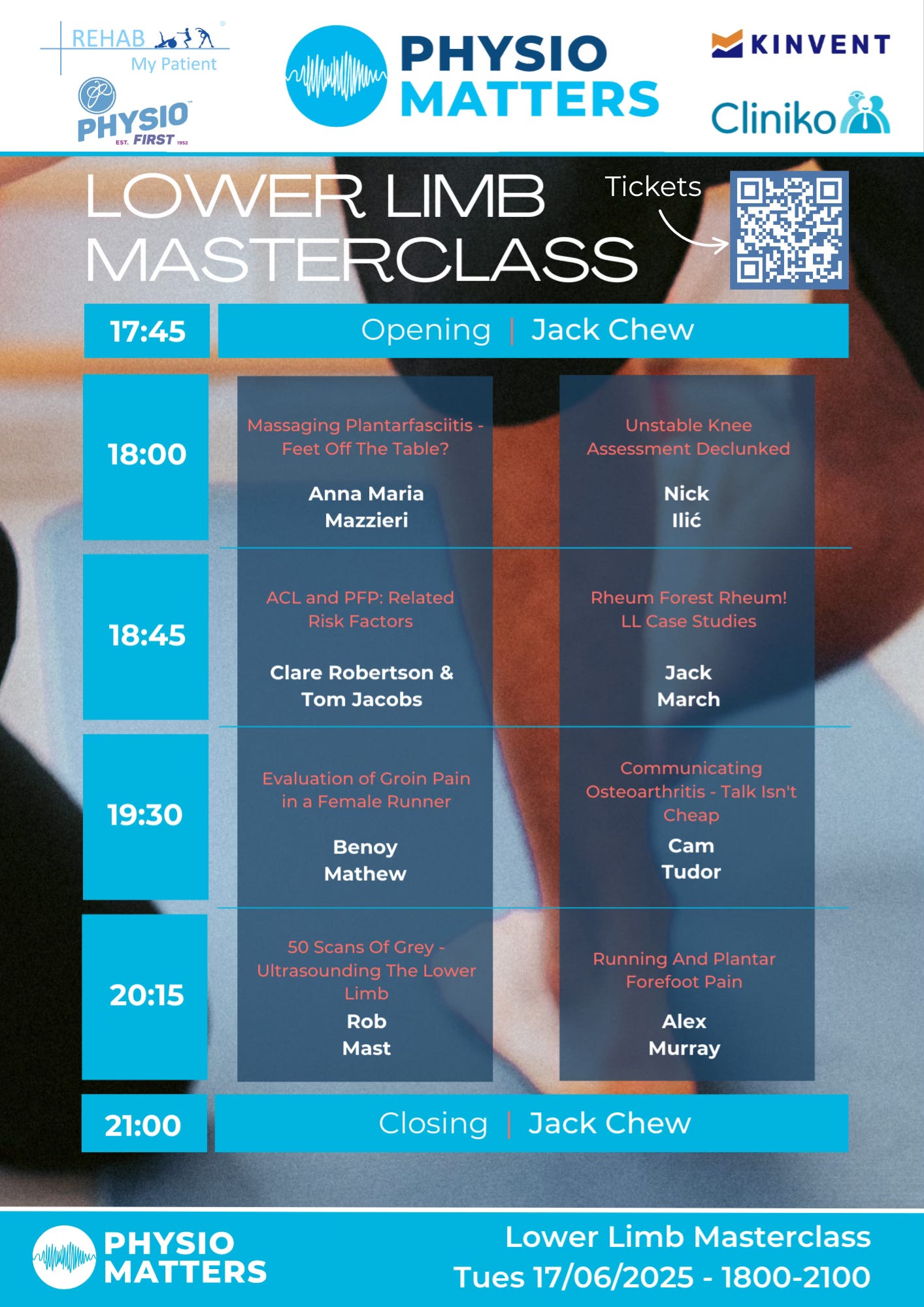If we are considering patients that do not have structural damage then surely we can just frame both adolescent and adults with patellofemoral pain (PFP) as having the same problem, right? Surely we’re just talking about some pressure-related pain arising from the subchondral bone or perhaps some pain from the para patella soft tissue…so why are we even posing this question? Well, if it really was exactly the same, I’d be putting my pen down and going for coffee right now. However, both the literature and my own experience tells me that management of these two groups needs to be considered differently.
Let’s first consider adolescent patellofemoral pain. Previously considered self-limiting, we now know that about 75% of this group will still have pain in a year. We also know that athletic participation in adolescence is mirrored in athletic participation in adult life so there is a far wider public health issue than just some transient knee pain. Thankfully there has been much more qualitative research in the last few years in this field showing us the depth of psychological issues that can arise from both adolescent and adult knee pain. A third of all children assessed with PFP commented that they felt sad most days as a result of it [1]. When teenage years are hard enough as it is, we can’t underestimate the mal-effects of layering in such negativity. However, this problem is not isolated to the adolescent knee pain population. Ben Smith’s lovely, rich qualitative work showed us in the adult population with PFP that participants described a sense of social isolation and indeed even changed their career aspirations as a result of it. [2]








